 Caroline Coon, born 1945, is a Bourgeoise English artist, journalist and political activist. Her artwork, which often explores sexual turn on themes from a feminist standpoint, has been exhibited at many major London galleries, including the Saatchi Gallery and the Tate.Most of her stuff is that of someone who is "better talking than her paintings are"
Caroline Coon, born 1945, is a Bourgeoise English artist, journalist and political activist. Her artwork, which often explores sexual turn on themes from a feminist standpoint, has been exhibited at many major London galleries, including the Saatchi Gallery and the Tate.Most of her stuff is that of someone who is "better talking than her paintings are"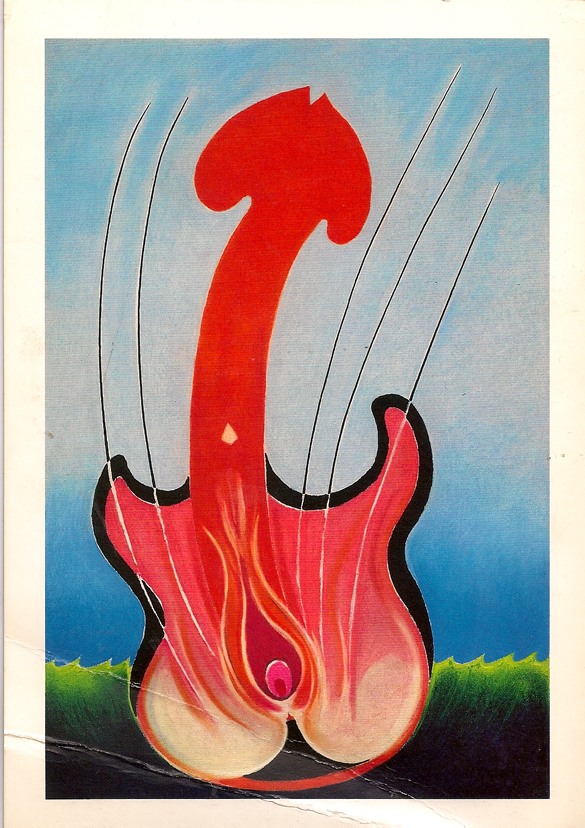
Coon was born to a family of Kent landowners and had five brothers. She left home at 16 and came to London to find a job he lived in Notting Hill and began by doing some modelling work, including making a softcore porn film.She was a typical rich girl trying to find her poor roots. Trained as a
he lived in Notting Hill and began by doing some modelling work, including making a softcore porn film.She was a typical rich girl trying to find her poor roots. Trained as a figurative
painter, she became involved in the 1960s underground movement
in London while still attending art school.  In 1967, with Rufus Harris, she co-founded
In 1967, with Rufus Harris, she co-founded Release
, an agency set up to provide legal advice and arrange legal representation for young people charged with the possession of drugs. She remains politically active, campaigning primarily for feminist causes, including the legalisation of prostitution.
She remains politically active, campaigning primarily for feminist causes, including the legalisation of prostitution.
In the 1970s, she became involved in the London punk scene, writing about the bands for Melody Maker and providing artwork for groups such as The Clash, whom she briefly managed, and The Police. In the "Punky Business" episode of the BBC comedy series The Goodies, Jane Asher plays a parody of Coon ("Caroline Kook"), the dream lover ofTim Brooke-Taylor's aspiring punk rock star. She also inspired Robert Wyatt's lyrics for the Matching Mole song "O Caroline", The Stranglers' "London Lady" and, according to herself,
Bob Dylan's "She Belongs To Me", though this claim is highly questionable since most Dylan experts would argue that the song is actually about either Joan Baez, or Dylan's future wife Sara
Coon's artwork is provocative and is particularly concerned with the human nude. In 1995 her painting, Mr Olympia, was not shown at Tate Liverpool because the male subject had a semi-erect penis.
In June 2000 she won damages of £40,000 and legal costs of £33,000 from publisher Random House after author Jonathon Green made false claims in his 1998 book All Dressed Up: the Sixties and the Counterculture.
She tried to live the role of , the artist, activist, and 'High Priestess of the Sixties Counterculture' In the Sixties,
These days, Coon uses her time to paint, read or make agitprop fly-posters ('Purdah Murder'; 'Poverty Kills'). Until very recently, Coon also had to find time to immerse herself in law books, in order to be able to represent herself in her two-year legal battle with Random House, the company responsible for publishing Jonathon Green's 1998 book, All Dressed Up: the Sixties and the Counter-Culture .
In Green's book, a passage related how 'a young woman from Release' would give oral sex to rock stars in return for large donations. The book goes on to describe how George Harrison complied, while Mick Jagger accepted the sex, but sneered afterwards: 'If she thinks I'm going to give her a grand for a blow job, she's crazy.' It was all untrue.
Financially speaking, Coon was in no position to sue, but she did anyway. In June this year, she was awarded £73,000 in costs and damages (some of which she donated towards setting up an official Release archive), and All Dressed Up was withdrawn from sale.
'Defending myself was terrifying,' says Coon, as we sit in her pristine, bohemian west London living-room, surrounded by her colourful, sensual paintings. 'Technically, I hadn't done anything like it before so it felt like trying to drive a Ferrari down a coal mine.'
Coon reveals that one of the reasons she decided to take on Random House was the 'deeply misogynistic' reaction to her protest at the false allegations. 'I was told that although it was an untrue story, it was an amusing untrue story. I was lectured that if I hadn't prostituted myself for Release, then maybe I should have done, because it would have been a heroic act.' She smiles wryly. 'This was the reaction I was getting from what I could call unreconstructed Sixties Man.'
In Coon's opinion, it was a much more serious matter. 'To me, it amounted to verbal rape,' she says, calmly but emphatically, in her husky, genteel tones. 'It wasn't just this "funny" thing about a woman giving blow jobs to rock stars - it was one big pornographic humiliation fantasy. And there were racist elements to it, too. The paragraph before said something like, "Caroline Coon was upper class, but she slept with black boys which increased her exotic appeal".' Coon looks at me incredulously, and then lets out a short whoop of anguished laughter: 'And this is supposed to be 2000!'
Coon has had a lifetime of being misunderstood. Her provocative art has taken in a range of subjects including flowers, mythology, war and murder. However, she is mainly known for her work dealing in the diverse beauty of the human nude, in particular her studies of naked black men who also happened to be her friends and lovers. This has led to to Coon being referred to dismissively as 'the artist who likes to paint black men' or, even more bluntly, 'that woman who likes penises'.
Coon has long professed to be incensed by the double standards: 'Why is the penis hidden in culture? How many female nudes are there?' She was similarly amazed by the uproar in 1995, when the Liverpool Tate decided not use her painting, Mr Olympia, directly inspired by Manet's female nude, Olympia, because the black model had a semi-erection.
'I paint my life,' says Coon simply. 'My friends have always been multicultural.' Later, she says: 'What's wrong with painting penises? Journalists always come round and say [she adopts a sombre tone], "Caroline Coon is an artist who likes penises". But the idea that women will make love to men and not like the penis is to me psychopathic, pathological. We draw the penis into us; you have to love it. If you don't, then what is happening here?'
Coon herself is bisexual, though she prefers to keep that as quiet as possible for fear of titillating the general public. 'I try to be as private about my private life as I can be,' she says. 'But I still think it's very important to keep on discussing the theory of sexual liberation. My position is that I am not perverse at all. They are perverse. They are the bigots. They are the hypocrites. They are the ones in denial of their sexuality.'
Coon is sitting on the floor of her living-room, wearing dazzling white leggings and a matching top. The sun is streaming through the window and bouncing off her sleek hair, a mop of avant- garde, black-and-white stripes. At 55, her body is as taut, trim, and 'yoga-fit' as a woman half her age. While Coon has the courage of her sociopolitical convictions ('I consider myself part of a leftist project that wants change'), she acknowledges that her own situation is far from hellish.
'The world I live in, the heaven of Ladbroke Grove, means that any moan I might have about inequality is as nothing compared to what other people have to live through,' she says. Indeed, Coon cheerfully reveals that, in a rare bit of money luck, her heavenly west London home cost her only £15,000 because her Fenella Fielding accent got her on to some spurious, upper-income council list. 'Now that's what I call an interesting story about class,' she drawls mischievously.
Croline Coon was born in 1945 to a family of wealthy, ecologically conscious Kent landowners. It was an environment, Coon says, where women were regarded as little more than 'marriage-meat'. Influenced by this, she spent her youth loudly rejecting marriage, domesticity and motherhood, claiming, where the latter was concerned, that she 'wanted to be free to commit suicide'.
This decision starts looking even more complicated when you learn that Coon was sent away to board at the prestigious Legat Russian Ballet School at the age of five, mainly because her father abused her.
'I've had to say no to many men in life,' she says softly. 'And the first was my own father.' Although she had written passionately in the past on the subject of incest, Coon only went public about her own abuse very recently. However, reading past interviews, one is struck by how many times Coon hints at a terrible darkness in her background. It's as if, despite her best efforts, the secret she was keeping kept popping up into her mind like some sexually traumatic jack-in-the-box.
These days, Coon believes that her father was abused himself, and that she may have been sent to boarding school for her own protection.
Despite being severely dyslexic, she was happy at Legat, thriving in the disciplined, artistic, multicultural, 'gender-fluid' atmosphere. At 16, after a final row with her parents ('I wouldn't marry the next-door millionaire'), she decamped to London and her real life began in earnest. Along the way, Coon has dabbled in, among other things, modelling, movie-making, punditry and music journalism (during which she was the first to coin the term 'punk rock'). However, she is probably still best known for co-founding Release when she was still at art school.
Release helped everybody from homeless runaways to rock stars. At one point, the organisation was handling one-third of all drug busts in Britain. Coon attracted a lot of individual attention for a variety of reasons - her feminist mettle (she is one of Germaine Greer's dedicatees for The Female Eunuch) ; her feral beauty (she was known in London circles as 'Caroline Swoon'); and last, but not least, her unapologetic poshness and love of high culture.
She might have proudly marched alongside the newly politicised working classes in the Sixties, and been among the first to report on the likes of The Clash (whom she managed for a short period), but chez Coon, it was more about Anna Pavlova, Maria Callas and Stravinsky.
Then as now, Coon's main political beef was with sexual inequality. 'The idea that women are still perceived as second-rate is shocking,' she says disgustedly. 'People say this is a postfeminist age, but misogyny is still such a hot current in our culture. We need feminists in the vanguard more than ever.'
In the past, Coon's adversaries numbered other feminists who took exception to her appearance and behaviour. 'I was labelled decorative and beautiful and accused of being so just to attract men,' she recalls, 'whereas actually I didn't need to attract men. I was young! When you're young, you're up against the wall with offers.
'Women like me wanted love relationships without entering into the commercial exchange of marriage,' she continues. 'To our horror, we were called sluts, whores, easy lays, loose. It was so shocking that many women started going around, saying, "Oh no, I'm not an easy lay".'
In response to this, Coon famously put up a poster in her flat which read: 'Yes, yes, I'm an easy lay.' It was a protest against the then-prevalent belief that 'nice girls' had to be forced or tricked into sex, or they automatically ceased to be nice.
'Then as now, a lot of sex was just about playing out some sick rape scenario,' says Coon. 'It's all about men getting hard only as an aggressive act. It's a cheap, self-hating way for men to get hard and I'm not interested. It seems to me that men can get hard in a different, slower way. They can get hard by loving someone.
Well,' she finishes archly, 'that's the only "hard" I've ever been interested in.'
Coon resigned from Release in 1971, when the poverty, back-breaking work, sexist insults and inverted snobbery finally got too much. 'We're all performers, aren't we? I would never show it in public, but very often, I would just go home and weep.'
These days, people mainly seem to remember Coon for causing minor sensations, like wearing a transparent blouse for the Oz trial, putting red dye in the fountains at Trafalgar Square in protest at the Vietnam War, or getting herself jailed for a fortnight for brandishing fake spliffs at a demonstration. The irony of that last incident isn't lost on Coon. Despite her pro-drugs activism, she has never been into drugs herself, nor drink for that matter. For the interview, she graciously whips up some bucks fizz, but declares herself 'pissed' after one small glass.
It has to be said that, during the time I spend with her, Caroline Coon is extremely good company, fixing us lunch, breaking off in the middle of rants to relax into a little light gossip about sexist radioheads and chatting about art. Her favourite artists are Bridget Riley, Frida Kahlo and Georgia O'Keeffe, but she also has a lot of time for Rachel Whiteread and Tracey Emin.
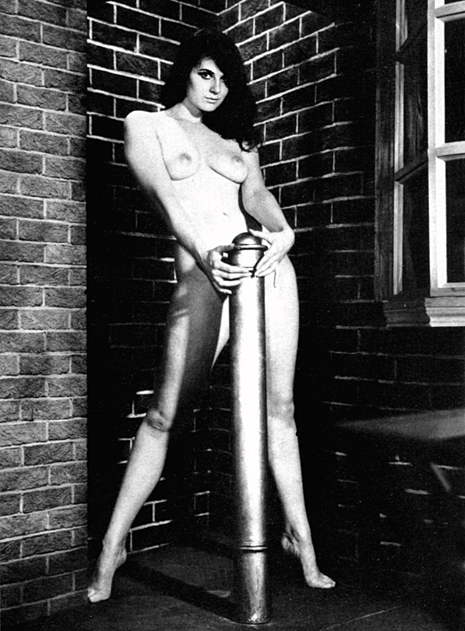
'I think Tracey Emin is fantastic,' she says. 'I just hope she can cope with the vicious sexism with which she is now being interpreted. As an artist, I hold my breath for her.' As for Coon's own ongoing artistic-political-spiritual odyssey, she seems determined to regret nothing.

'There are times when I have to be tough, very tough, but I love it,' she says. A twinkle in her eye makes it easy to spot the brave, noisy young woman she once was, and in many ways still is. 'Oh, I don't think of myself as "mature" in any way,' smiles Caroline Coon. 'I think of myself as experienced.'
By the time Coon left art school in 1968 figurative painting was deemed 'dead', but she avoided fashion and 'cool' and continued to work figuratively in oils on canvas with a brush. She was not interested in painting in new ways or working with 'new' materials but in seeing and interpreting the world anew. Her painting is 'hot', usually structured around narrative and imprinted by Pop Art, Feminist Art and the politics of sexual liberation. In contrast to society's acceptance of the female nude, Coon's honest depiction of the male nude has been considered shocking - in 1995 the Tate Gallery banned her 'Mr Olympia' painting because it showed an erect penis. Recently Coon has been painting her Ladbroke Grove neighborhood in a series of narrative urban landscapes, including 'The Brothel Series'.
 Pretty Green in my opinion is a pretty boring label , every time I have been in their store I honestly never get turned on much but most of the things they do .
Pretty Green in my opinion is a pretty boring label , every time I have been in their store I honestly never get turned on much but most of the things they do . watts
watts Marks and Spencer to be honest. Tyhink of the clothes , modst of them, without a pretty green badge and an M and S label in the neck, not far off target am I ?Shirts too.
Marks and Spencer to be honest. Tyhink of the clothes , modst of them, without a pretty green badge and an M and S label in the neck, not far off target am I ?Shirts too.
 Pretty Green, I like this a lot.
Pretty Green, I like this a lot. The polo shirts are pretty ordinary too , this is one of the few I like enough to buy.
The polo shirts are pretty ordinary too , this is one of the few I like enough to buy. watts polo
watts polo watts
watts pretty green
pretty green watts
watts
 watts gloves
watts gloves watts monkey jacket
watts monkey jacket
 watts gloves
watts gloves watts jeans
watts jeans kAPPA
kAPPA the launch of six concessions in House of Fraser. We will continue to look to expand the brand during 2015, both in the UK and
the launch of six concessions in House of Fraser. We will continue to look to expand the brand during 2015, both in the UK and  internationally, and remain very confident we will continue to deliver strong growth for the future.”
internationally, and remain very confident we will continue to deliver strong growth for the future.” Art Gallery is one of the most uninspring new Clothes stores on line
Art Gallery is one of the most uninspring new Clothes stores on line
 pushed
pushed abandoned his five children. After a childhood spent in a series of foster homes, 15-year-old
abandoned his five children. After a childhood spent in a series of foster homes, 15-year-old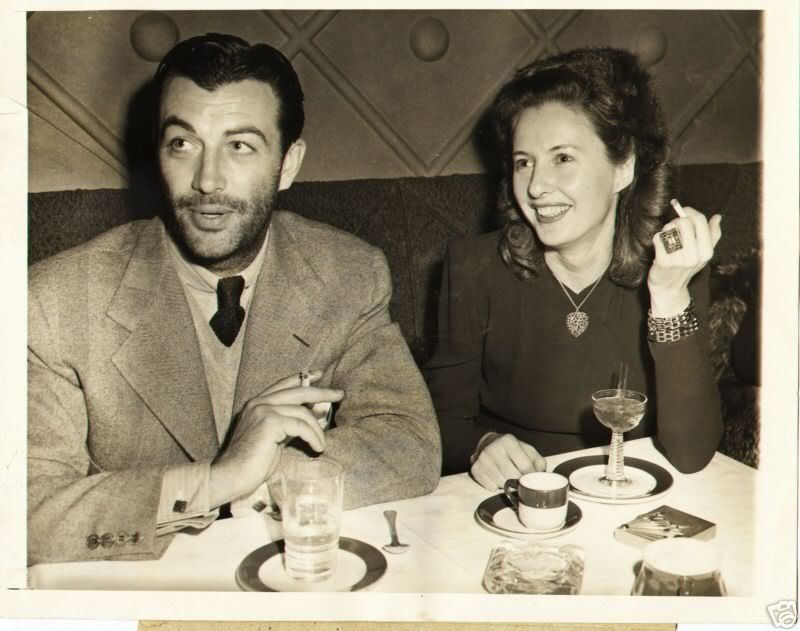
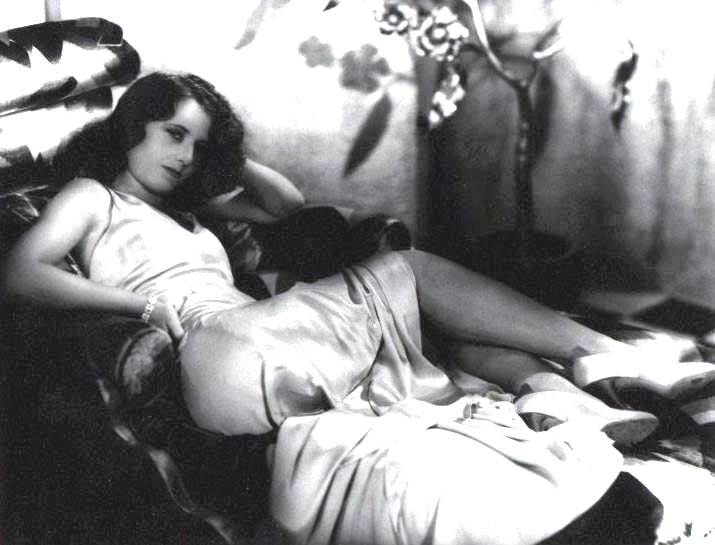









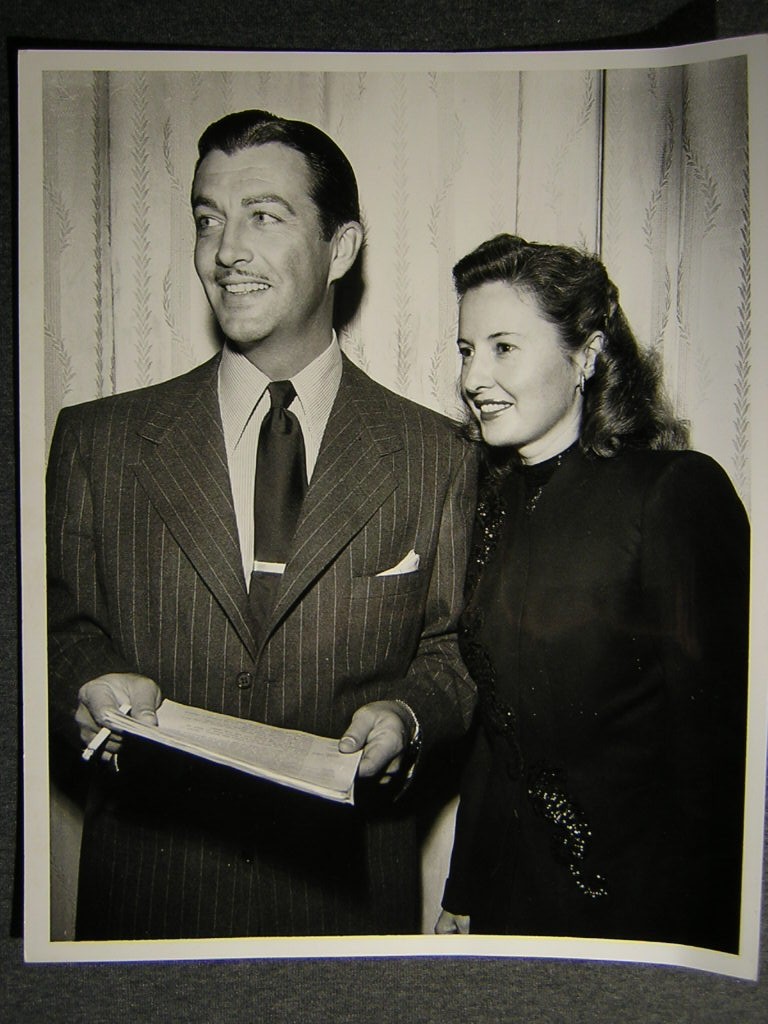


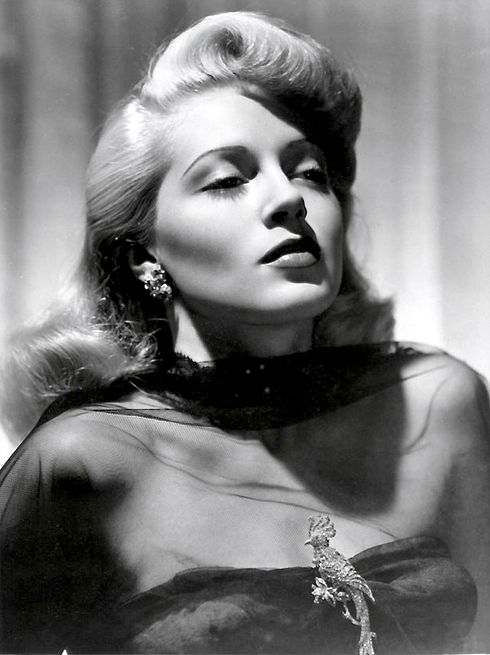

 about her personal life. She cared about her work. Her work was her life, and the people she worked
about her personal life. She cared about her work. Her work was her life, and the people she worked with loved her for what she gave to that work. And so in the end, that is what we must judge her on."
with loved her for what she gave to that work. And so in the end, that is what we must judge her on."

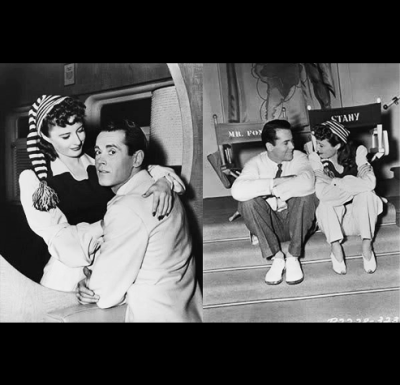


 ,
,





